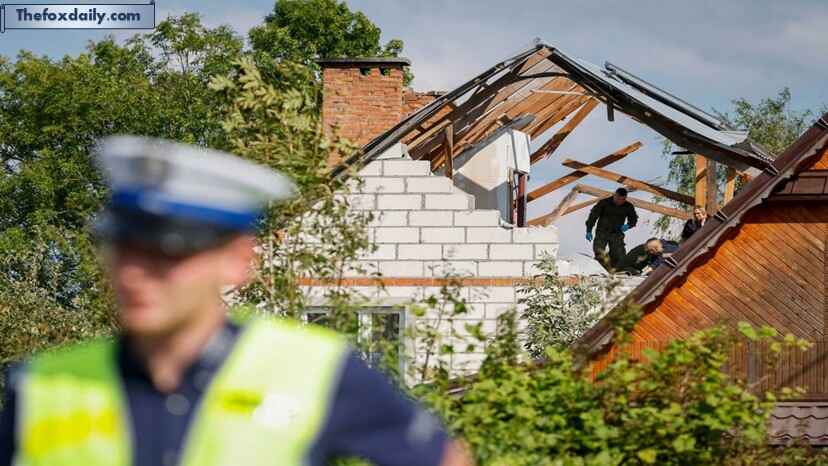
Written by TheFoxDaily — NATO allies remain sharply divided over whether to adopt a formal policy of shooting down Russian fighter jets that intrude into NATO airspace. While nations such as the United States, Poland, and the Baltic states argue that future violations should be met with force, others—including Germany and several southern European allies—are pressing for caution to avoid uncontrolled escalation.
The debate reached a breaking point after three Russian jets breached Estonian airspace for 12 minutes last week, triggering an emergency meeting of the North Atlantic Council requested by Estonia. According to NATO officials, countries like Poland and Estonia pushed for a joint statement declaring that any further Russian incursions would be met with force. However, Germany and others insisted on softer language, warning that explicit threats could be dangerously escalatory.
Ultimately, the 32 NATO members agreed on a compromise statement reaffirming that the alliance would “use all available military and non-military means” to defend its territory but stopped short of explicitly promising to shoot down Russian planes. NATO emphasized that responses would come “in the way, at the time, and in the domain of our choosing.”
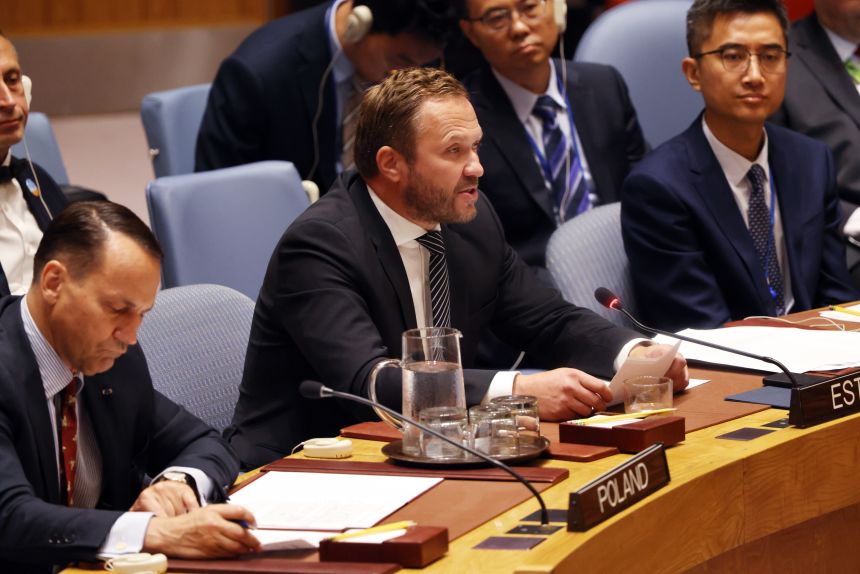
Mixed signals from NATO leaders
The meeting also highlighted divergent assessments of Russia’s intentions. General Alexus Grynkewich, NATO’s Supreme Allied Commander Europe, suggested the Estonian violation may have been accidental, citing the lack of training among Russian pilots. This view clashed with eastern members’ stance that Moscow’s behavior is deliberate and meant to probe NATO’s defenses.
Even Donald Trump, known for his historically cautious stance toward Moscow, backed a tougher line, saying he supported shooting down Russian aircraft if they entered NATO airspace without authorization.
Growing list of Russian provocations
The dispute comes as Russia continues to push the limits of NATO’s defenses:
- Poland: Germany’s Defense Minister Boris Pistorius revealed that Russia launched up to 21 drones at Poland in two weeks, several of which were intercepted by NATO jets.
- Romania: A Russian attack drone crossed into Romanian airspace before being neutralized.
- Estonia: Three Russian jets violated airspace with transponders off.
- Baltic Sea: A Russian aircraft flew dangerously low over a German Navy frigate.
- Norway: Officials confirmed three separate Russian airspace breaches this year in Finnmark and near Vardø.
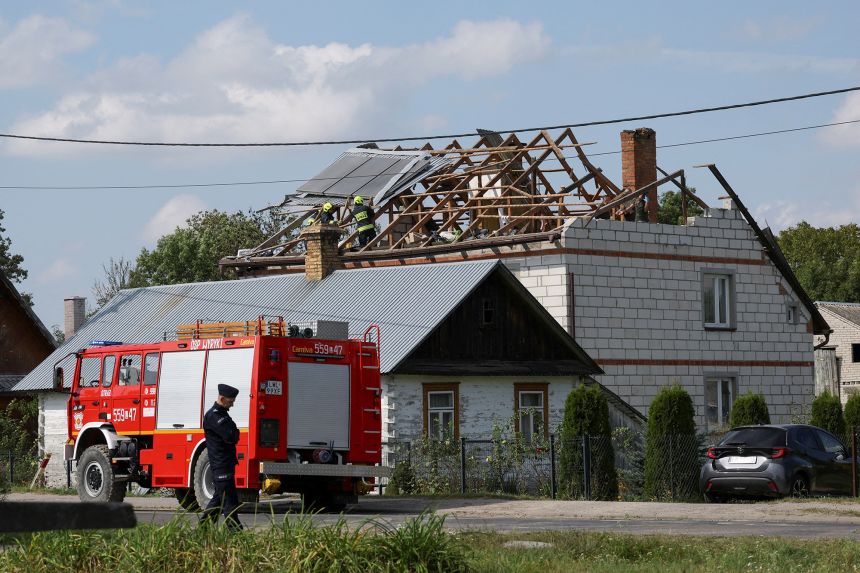
For eastern NATO states like Poland, Lithuania, and Estonia, these incidents are proof that Moscow is testing NATO’s red lines. Polish Foreign Minister Radek Sikorski delivered a blunt warning at the UN: “If another missile or aircraft enters our space—deliberately or ‘by mistake’—and gets shot down, do not come here to whine about it. You have been warned.”
‘Prudence is not cowardice’
Some NATO leaders advocate caution. German Defense Minister Pistorius argued that measured responses are essential to avoid falling into Russia’s “escalation trap.” He warned against “frivolous demands” to immediately shoot down intruding jets, stressing that prudence is “responsibility toward your own country and peace in Europe, not cowardice.”
Czech President Petr Pavel disagreed, warning that failing to respond firmly will only embolden Russia: “If we don’t stick together, it will eventually happen to us too.” Meanwhile, Finnish President Alexander Stubb called for balance: “Be firm enough, but don’t overreact, because the only thing Russia understands is power.”
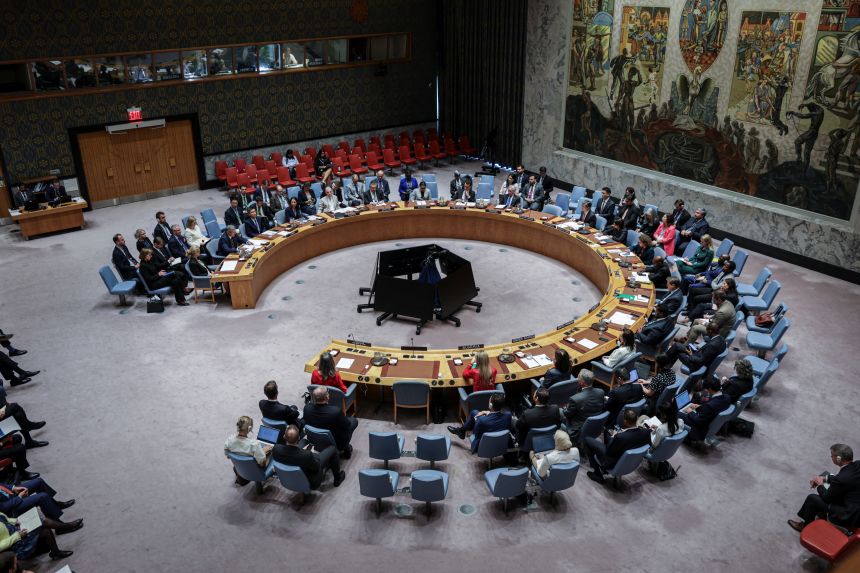
The escalation dilemma
General Grynkewich underscored the distinction between drones and manned aircraft. Shooting down drones is a relatively low-risk decision, but targeting a fighter jet carries “a much higher risk of escalation” because it could result in casualties on either side. He stressed that NATO must carefully weigh the risks to civilians and the potential consequences of direct military engagement.
According to NATO insiders, member states also differ in their expectations for intervention. Poland and Baltic allies favor a broad NATO mandate to engage threats, while others prefer leaving some responses to national discretion. Grynkewich emphasized flexibility: “We collaborate to determine parameters, balancing national action with NATO action to ensure maximum tactical options.”
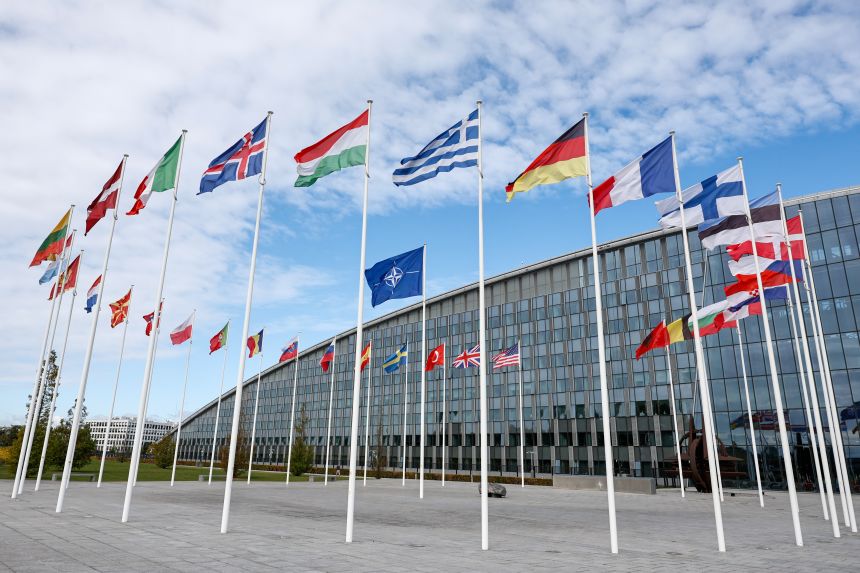
Conclusion: NATO unity tested by Russian provocations
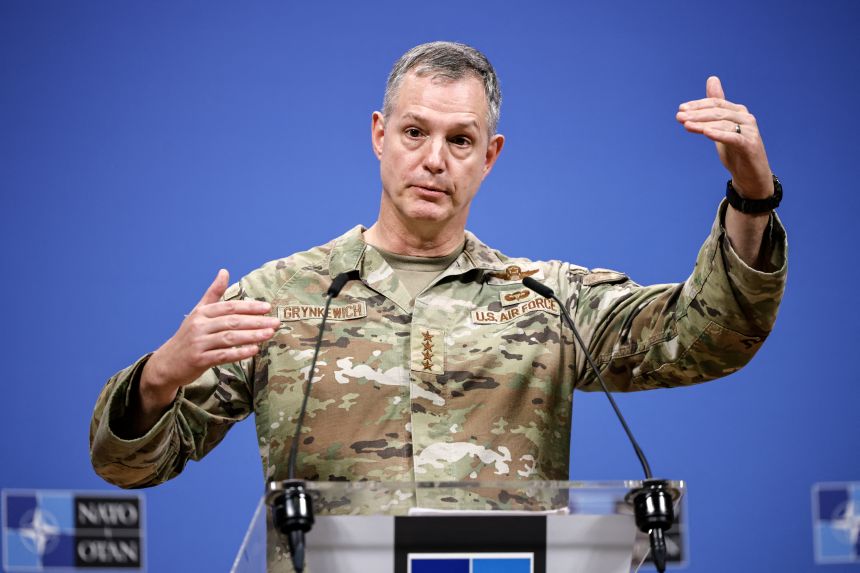
The debate over how to respond to Russia’s airspace violations underscores the delicate balance between deterrence and escalation. While eastern allies press for decisive military action, others urge restraint, fearing missteps that could spiral into direct confrontation with Moscow. What remains clear is that Russia is testing NATO’s cohesion, and the alliance’s ability to present a unified response will determine how effectively it deters future provocations.
As tensions rise across Europe, NATO faces its most significant strategic challenge since the Cold War: how to defend its borders without triggering a wider conflict. The outcome of these internal debates will shape the alliance’s credibility and its role in maintaining security for its 32 member states.
For breaking news and live news updates, like us on Facebook or follow us on Twitter and Instagram. Read more on Latest World on thefoxdaily.com.






COMMENTS 0